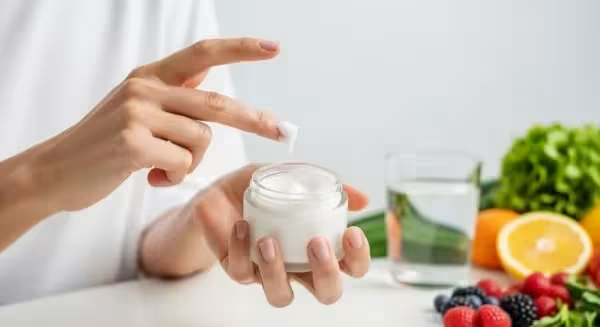
Actionable Strategies and Money-Saving Tips
Understanding the system is the first step. Now, let’s turn that knowledge into action. Here are concrete strategies you can use to start saving money on your medications right away.
1. Optimize Your Medicare Part D Plan Every Single Year
This is the single most important action you can take to control your drug costs. Insurance companies can and do change their Part D plans every year. The premium can go up, the deductible can change, and, most importantly, the formulary can be altered. A drug that was covered in a low tier this year might move to a higher tier or be dropped from the formulary entirely next year.
Your chance to switch plans is during the Medicare Open Enrollment Period, which runs from October 15 to December 7 each year. During this window, use the official Medicare Plan Finder tool on Medicare.gov. Enter your specific list of prescriptions, their dosages, and your preferred pharmacy. The tool will calculate your estimated total annual costs—including premiums, deductibles, and copays—for every plan available in your area. You might be surprised to find that switching to a different plan could save you hundreds or even thousands of dollars a year.
2. Have a Strategic Conversation with Your Doctor and Pharmacist
Your healthcare providers are your most valuable allies in this process. They want you to take your medication as prescribed, and they understand that cost is a major barrier. Schedule a specific appointment to review your medications and be direct about your financial concerns.
- Ask for Generic Alternatives: This is the easiest way to save. Generic drugs are required by the FDA to have the same active ingredient, strength, and effectiveness as their brand-name counterparts, but they often cost 80-85% less. Always ask your doctor, “Is there a generic version of this medication that would work for me?”
- Discuss Therapeutic Alternatives: If a generic isn’t available for your brand-name drug, ask your doctor if there is a different, less expensive drug in the same class that treats the same condition. Your Part D plan may cover this alternative in a lower, cheaper tier.
- Request a 90-Day Supply: For medications you take long-term, getting a three-month supply is often more cost-effective than a one-month supply. Your per-pill cost is usually lower, and many insurance plans offer discounts through their preferred mail-order pharmacies for 90-day fills.
- Inquire About Pill Splitting: This can be a clever way to cut costs in half, but you must do it with your doctor’s approval. Sometimes, a higher-dose pill costs the same as a lower-dose pill. For example, a 40mg tablet might cost the same as a 20mg tablet. If your prescribed dose is 20mg, your doctor can write a prescription for the 40mg tablets with instructions to split them in half. Warning: Never split a pill without your doctor’s or pharmacist’s confirmation, as some medications (like time-release capsules) are not designed to be split and can be dangerous if you do.
3. Look Beyond Your Primary Insurance Coverage
Sometimes, the best price for a drug isn’t found by using your insurance at all. This is where a little bit of research can pay off significantly.
- Use Prescription Discount Cards and Apps: Services like GoodRx, SingleCare, and RxSaver are free to use and can provide significant pharmacy discounts. You simply look up your medication on their website or app to find a coupon. Show this coupon to the pharmacist. The important thing to know is that you cannot use a discount card at the same time as your insurance for a purchase. It’s an either/or choice. For instance, your insurance copay might be $40, but a discount card price might be $15. In that case, you would choose to pay the $15 cash price. Note that payments made using these cards do not count toward your Medicare deductible.
- Investigate Pharmaceutical Assistance Programs (PAPs): Most major drug manufacturers run their own assistance programs that provide free or low-cost medications to people with low to moderate incomes who do not have adequate insurance coverage. Websites like NeedyMeds and RxAssist are excellent resources that maintain databases of these programs and can help you find and apply for them.
- Check for State Pharmaceutical Assistance Programs (SPAPs): Many states have their own programs to help eligible residents pay for their prescriptions. Check your state’s Department of Health or Department of Aging website to see if a program exists where you live.
4. Be Smart About Where You Fill Your Prescriptions
The price for the exact same medication can vary dramatically from one pharmacy to another, even within the same town. A little shopping around can make a big difference.
- Check Your Plan’s Preferred Pharmacies: Most Medicare Part D plans have a network of “preferred” pharmacies. If you fill your prescriptions at one of these locations, your copay will be lower than at a “non-preferred” pharmacy. Your plan’s documents will list its preferred partners.
- Compare Prices: If you are paying out-of-pocket or using a discount card, call a few different pharmacies to compare their cash price for your medication. You may find that a supermarket pharmacy, a big-box store, or an independent pharmacy offers a much better price than a large chain drugstore.















